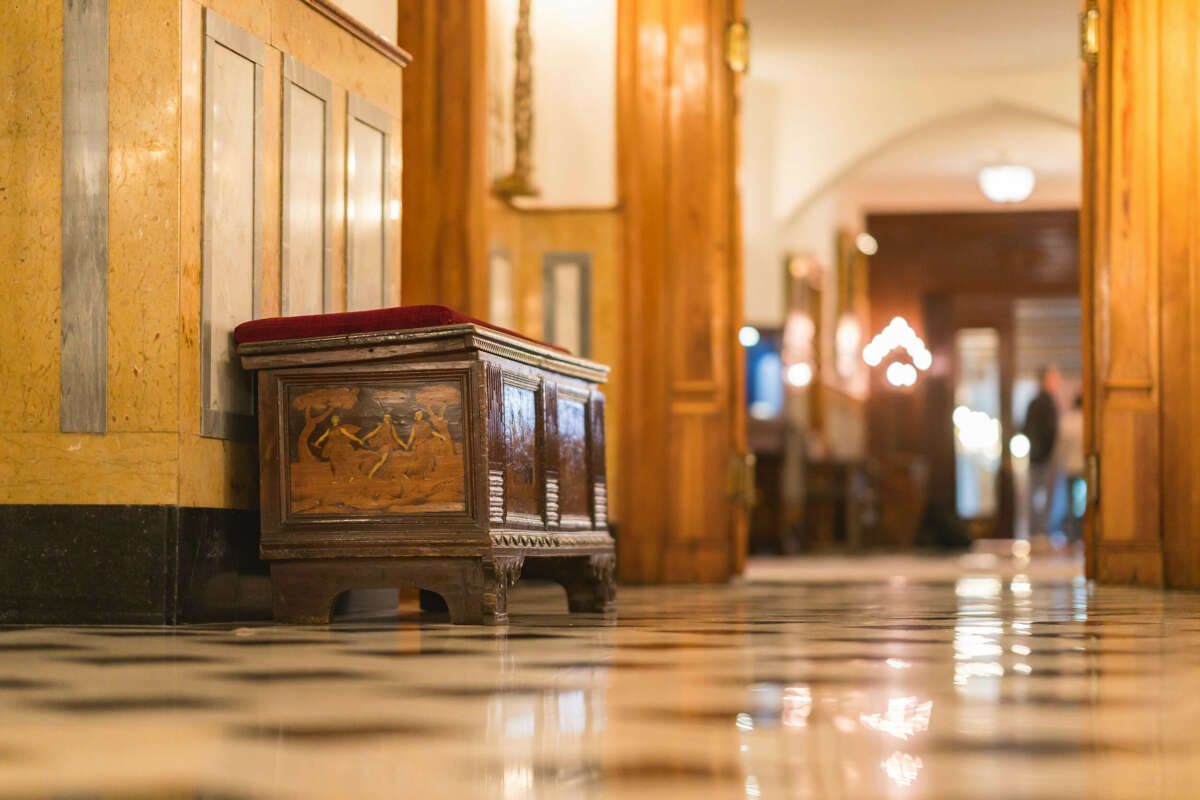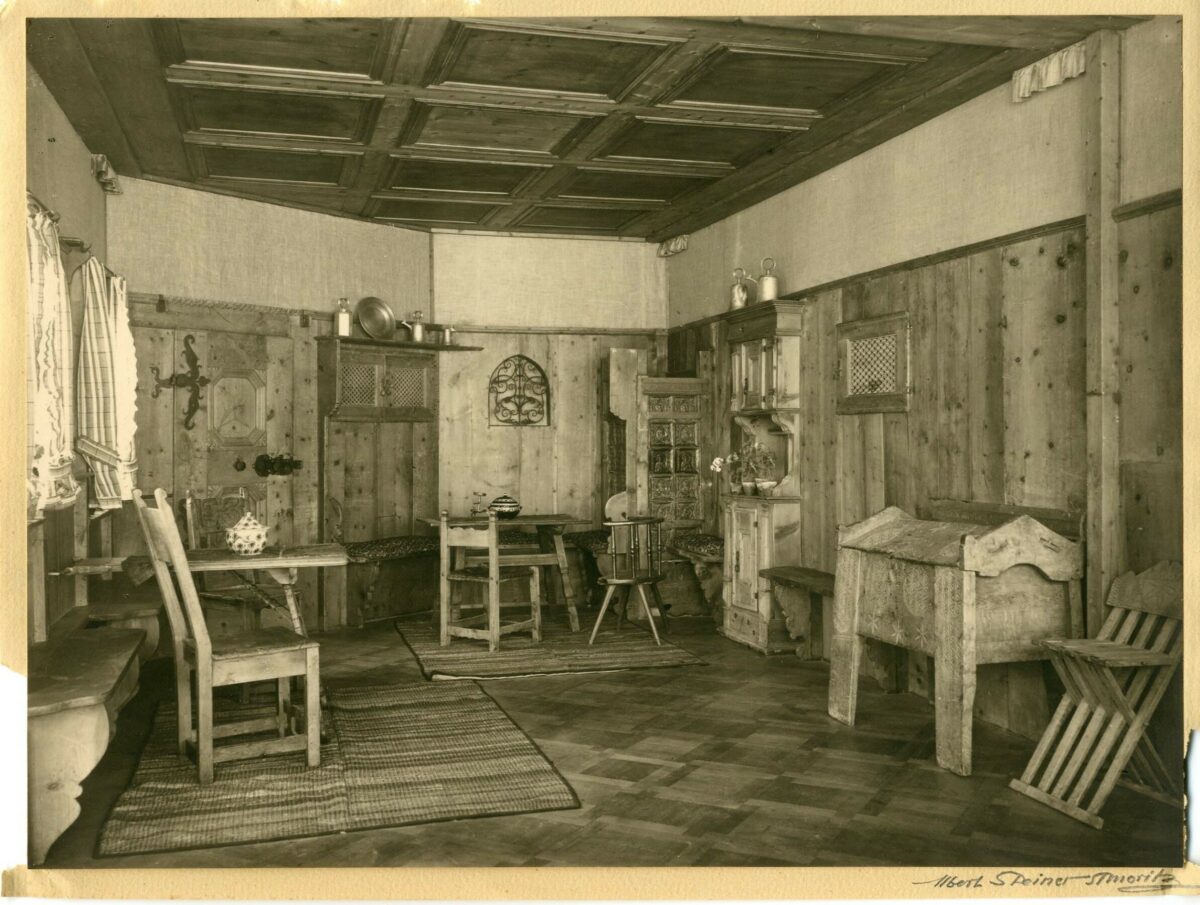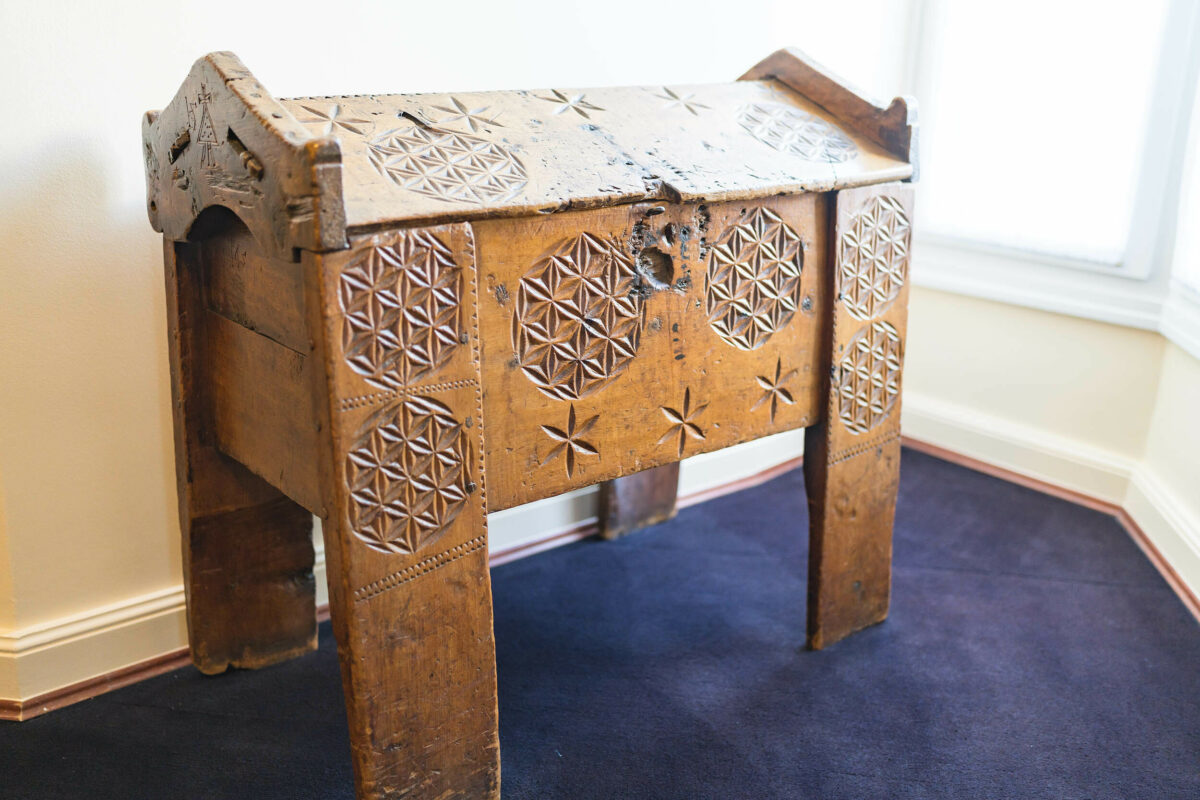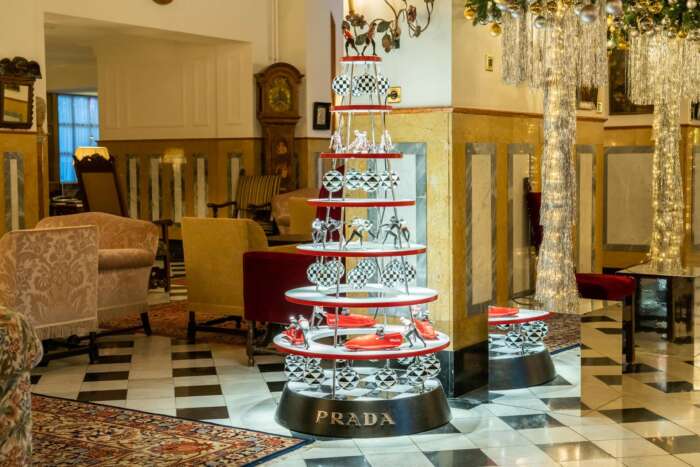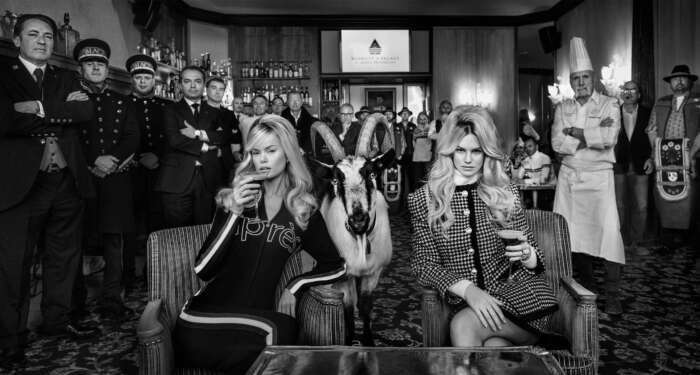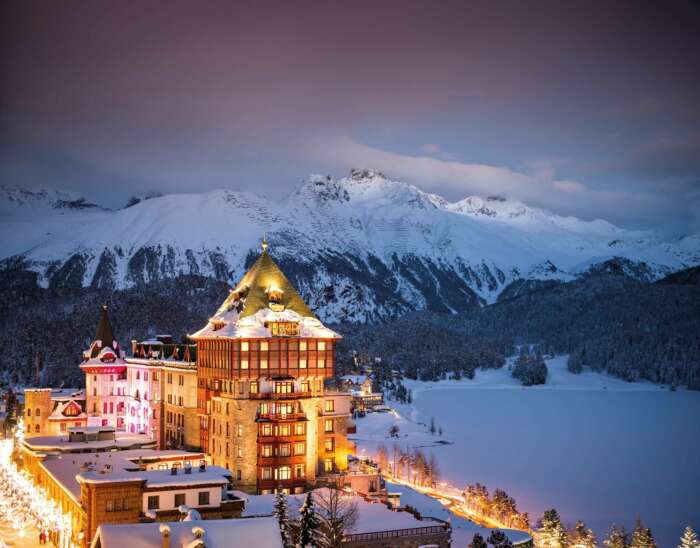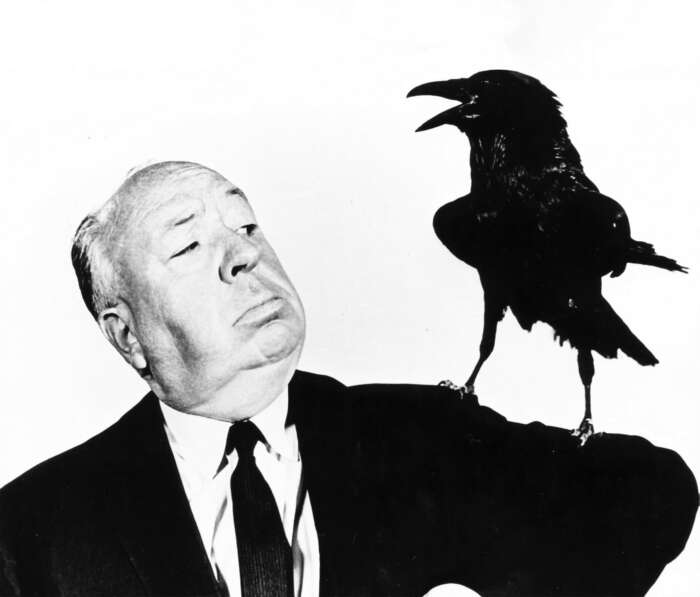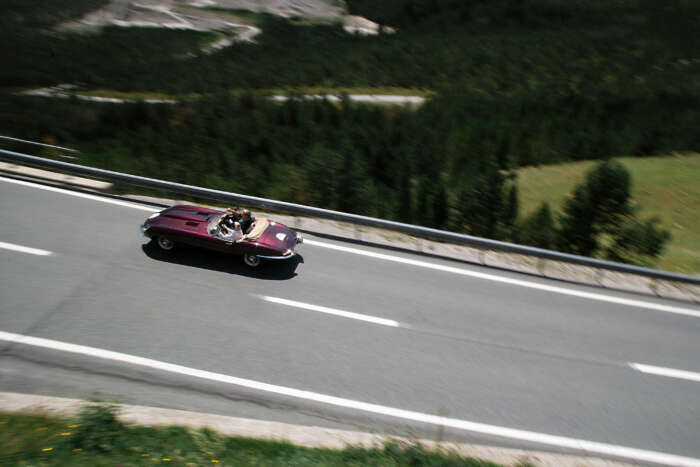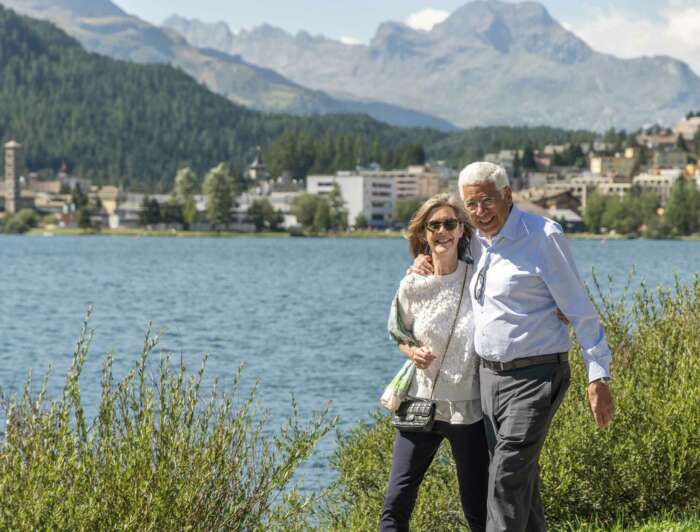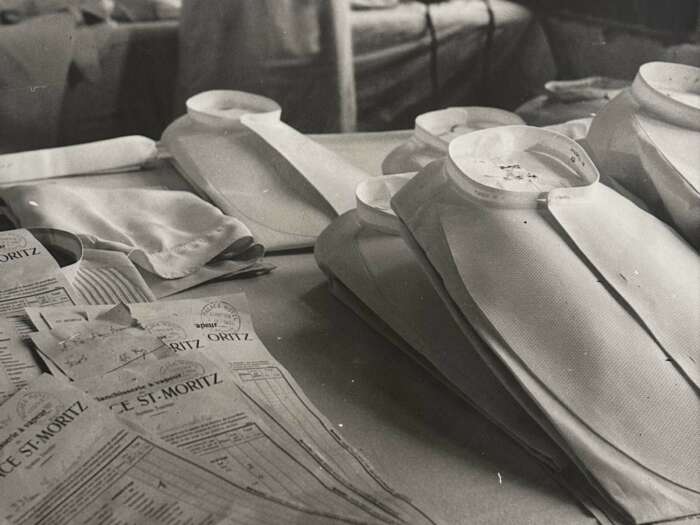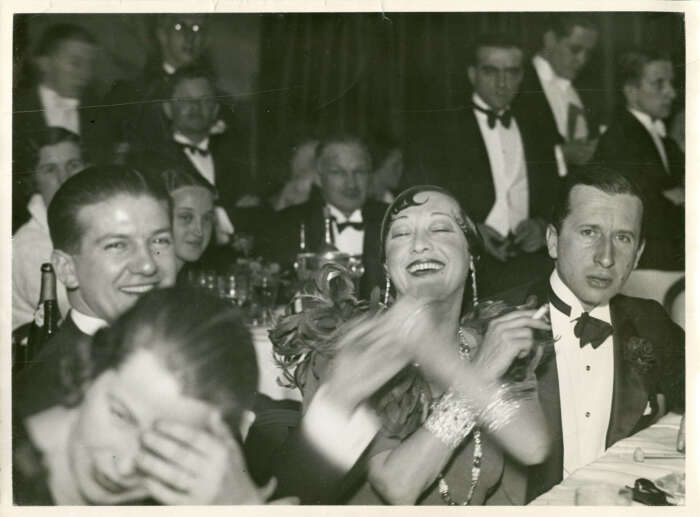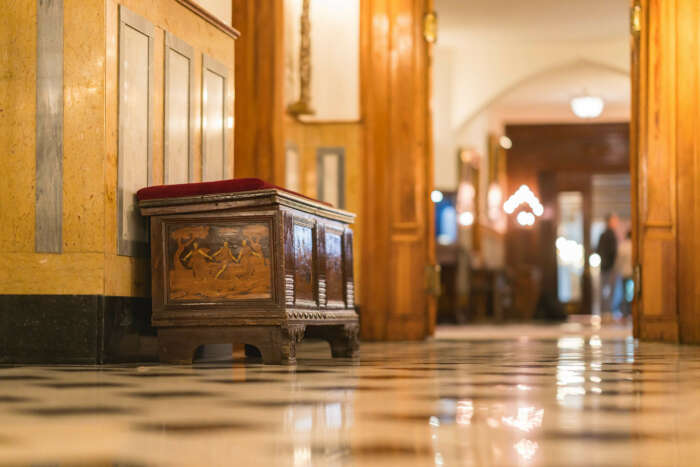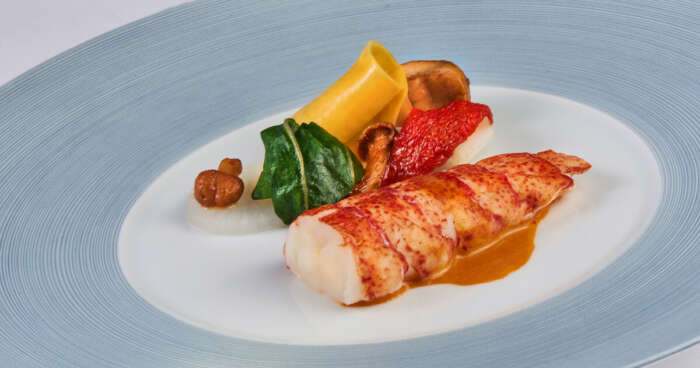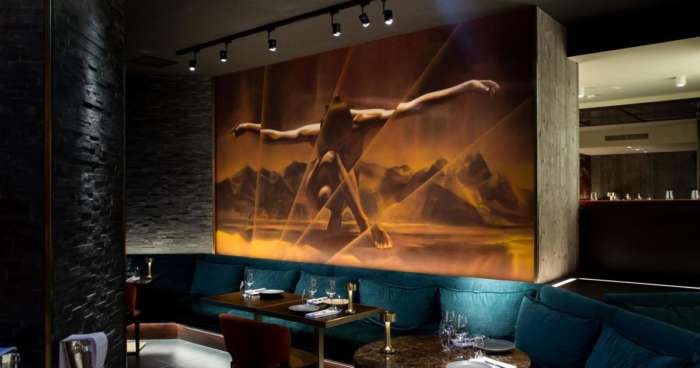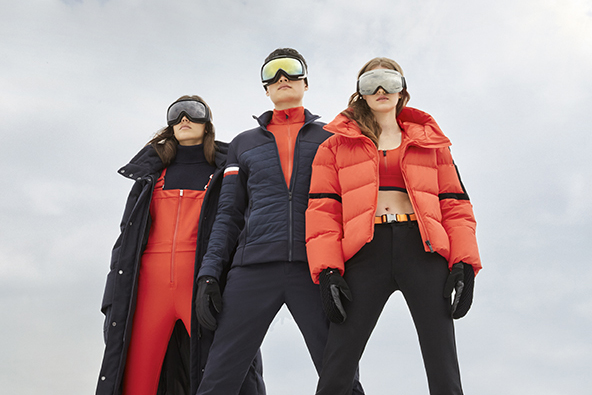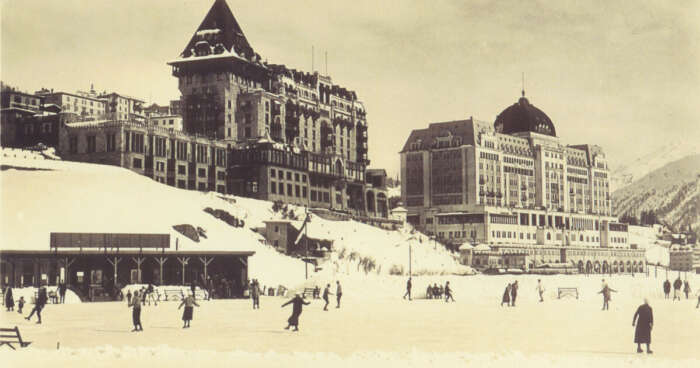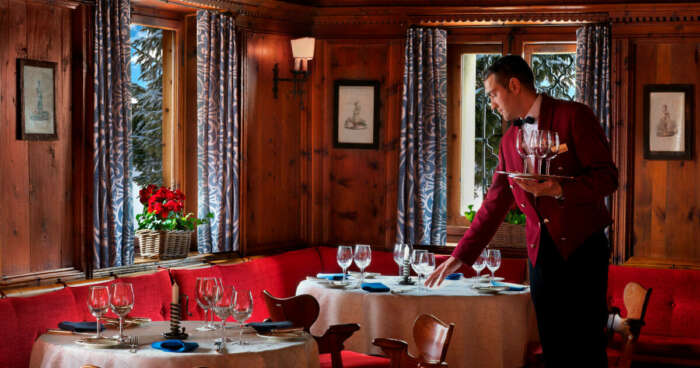There are two pieces of furniture created that have been part of human life since the beginning of time: the bench (later the chair) to sit on; and the chest or trunk to store belongings (and to sit on!).
Guests at Badrutt’s Palace will notice many antique chests, all of great value and history, scattered throughout the halls and corridors of the hotel. Most of them were acquired by Hans Badrutt between 1920 and 1950, with each piece listed and numbered (you can sometimes still see their number peeking behind a corner). Some of the pieces belonged to Johannes Badrutt, the founder of winter tourism in St. Moritz, and his son Caspar, who built the Palace.
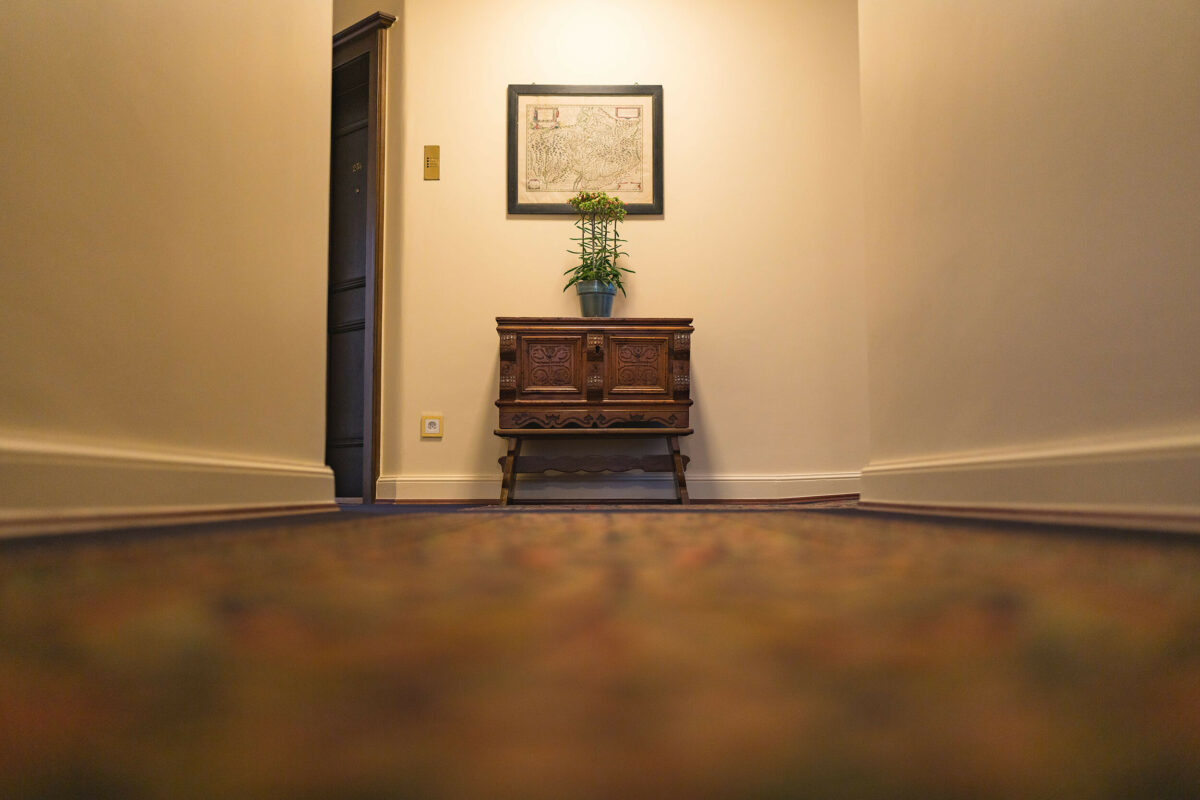
Today, the chests are attractive adornments, but most of them were once used to store either personal items, such as clothing and bedding, or food, including grain or flour. The former are often richly decorated, particularly if it was a marriage or dowry chest – brides would be expected to bring not only money but also linen, personal clothing and jewellery to a marriage. Food trunks feature simpler décor and feet to protect its contents from vermin.
Wandering the corridors of the Palace, you will come across several chests with initials and dates, often those belonging to the bride or couple who owned it. Depending on wealth and social class, a chest might have been decorated with scenes from the Bible or Greek or Roman mythology. These representations almost always related to the couple, love, property or the beliefs of their owner. One of the hotel’s chests depicts the scene of the return of the prodigal son, indicating that wealth and charity were an important part of its owner’s life. Cheeky scenes are also hidden in some of the paintings on the hotel’s trunks, including grotesque artwork from the Renaissance and a freedom-loving Cupid from the Age of Enlightenment.
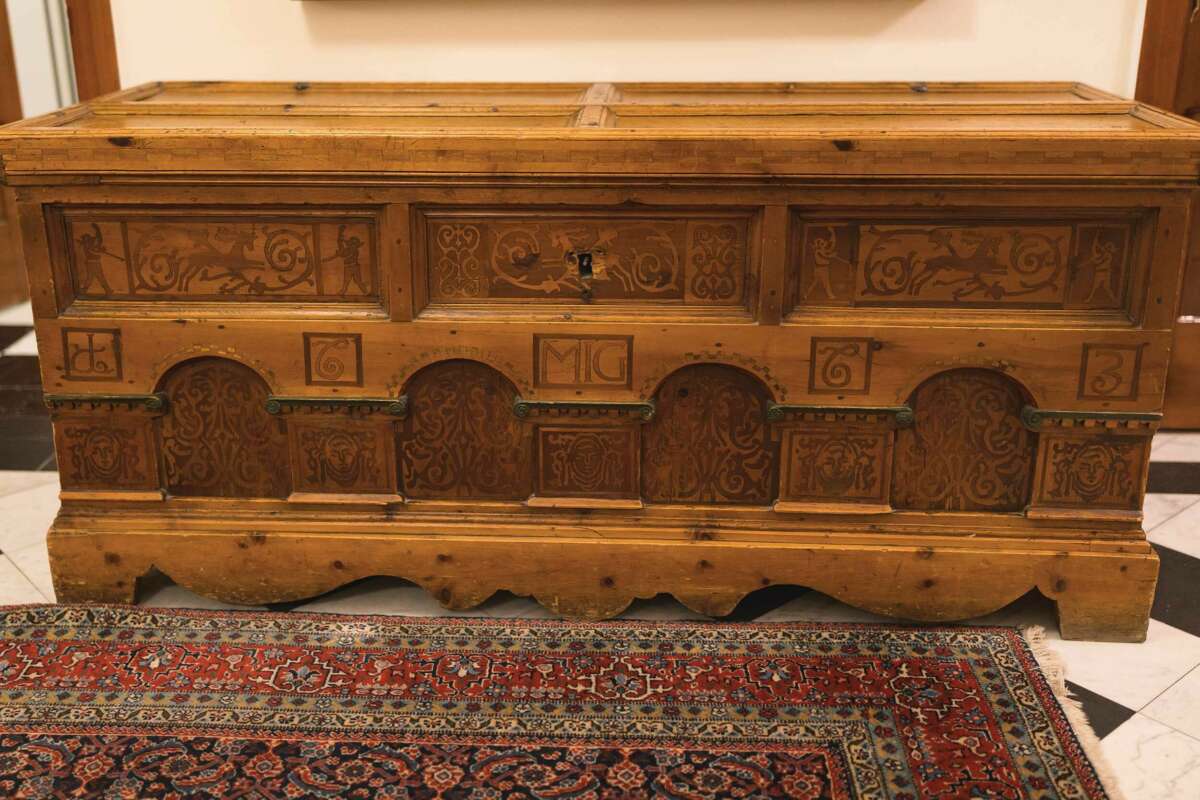
Among the decorative chests there are also smaller pieces. These are travelling chests that once contained their owner’s most valuable personal belongings, including jewellery and their Sunday best attire for church. Chests made of metal and reinforced with multiple locking systems carried money.
However, some of the chests are much larger; in fact, they are the length of a person. These belonged to knights who set out on Crusades; if they died, they were buried in them in the Holy Land.
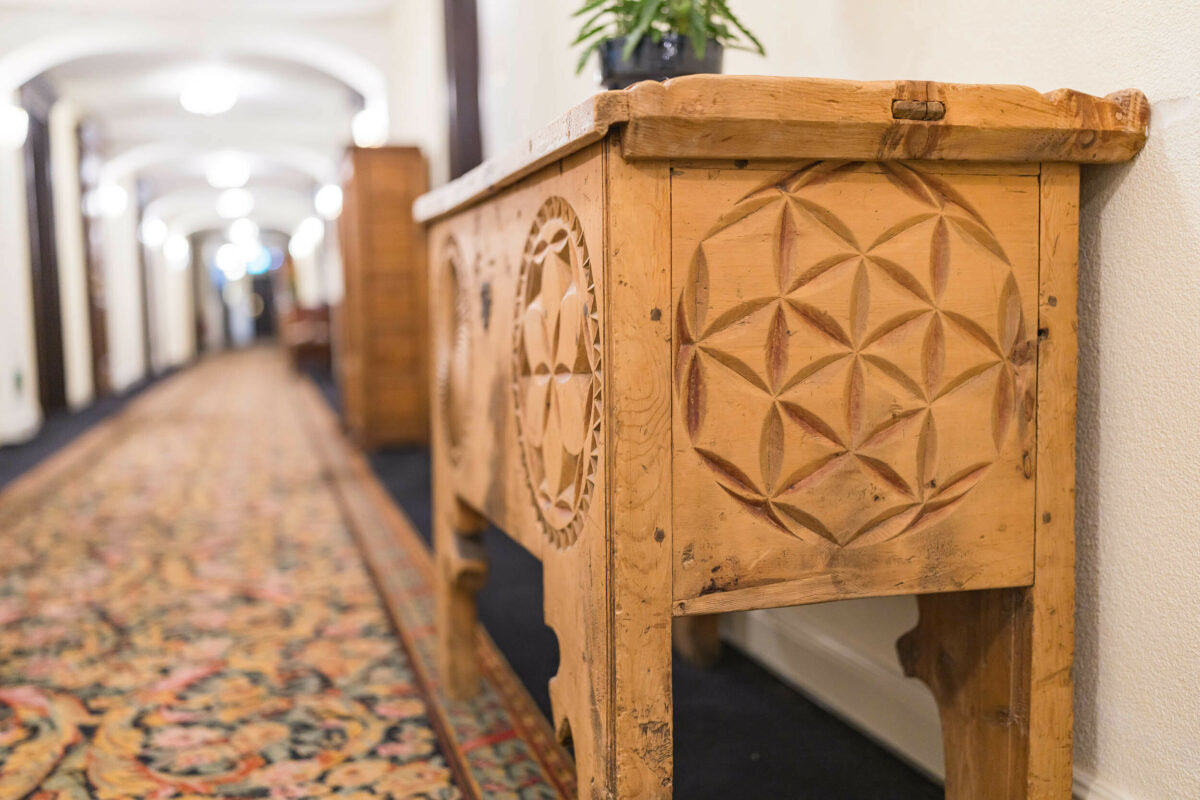
Rosary (a crown of roses) patterns often featured on grain chests to ward off evil spirits. The rose is the symbol of the Virgin Mary, and the number of flowers are significant: three roses represent the Trinity (God as the father, the son and the holy spirit); four roses represent the four evangelists or natural elements; seven roses represent the days of creation; eight roses represent the resurrection; and 12 roses represent the apostles. However, the number of flowers combine in many variants, which makes them difficult to interpret.


Richard Jarmy Photography – @richardjarmy
At Badrutt’s Palace, there is one particular chest that has a very special history: the so-called Jenatsch chest belonged to the house of the Jenatsch family, whose most famous member was the Grisons freedom fighter Jörg Jenatsch (1596-1639). It was acquired by Hans Badrutt with some other pieces of furniture and objects that were shown at the 1937 Paris International Exposition. Some of these antiques were used after the exhibition in Chesa Veglia. Others, such as the grain chest that now stands in the corridor on the second floor of the hotel and the folding chair located in the corridor to Le Grand Hall restaurant, came to the Palace, where they remain today.
On your next stay at Badrutt’s Palace, be sure to keep your eyes open for these historical gems scattered along its halls and corridors.
